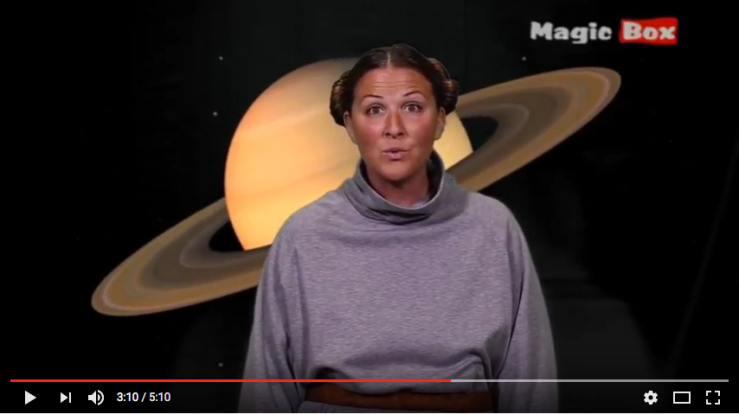This week in our Technology in the Classroom course, we explored twitter chats as a way to create, expand and use our Personal Learning Networks (PLNs).
I had never participated in a twitter chat before. Using a hashtag (#) in front of our classroom’s unique twitter chat handle allowed us to communicate in our own space. I felt it was kind of clunky and awkward. It was a bit frantic at times, with everyone chiming in at once, and then it was difficult, when we would respond to someone’s comment, to know if they even saw it.
I can see the benefit of using a twitter chat, however, in real time, in the classroom with the students directly in front of the educator, with all of the responses being projected onto a screen in the front of the room. This would be a great way to start the day as well as a quick assessment tool.
As for using twitter as a lifelong learner, I’m most excited about connecting with other artists and art educators on my feed. I’d like to fill my feed with a daily does of inspiration and motivation. Although I felt the twitter chat was not a sexy, smooth experience, I can definitely see the value in using it to connect with other educators across the globe. I’m interested in connecting, especially, with those people in art hotspots.
We also spent some time perusing each other’s education blogs. Most of these blogs are still at their infancy so there’s not too much to check out, but I can definitely see the value in finding and following robust education blogs, as well as blogs of new teachers. Following along with a motivated and fresh new educator could be inspiring and help us new teachers feel like we are not alone.
Commenting on other’s blogs is certainly a quick way to expand our PLNs. Sharing feelings and fears, information and links about the teaching professions, the classroom and technology helps all of us stay connected outside our four walls. It could bring the outside in and I could definitely see it helping to shape daily lesson planning as well as long term continuous learning.
These are the blogs I checked out and left comments for as well as the link I shared with them:
Edwin Gonzales
—-Kahoot in the Classroom
https://getkahoot.com/how-it-works
Brad Doyle
—-Here’s an article suggesting 3 tech tools for evaluation:
https://www.edutopia.org/blog/classroom-tools-measure-student-learning-bethany-petty
Garren Amora Piccolo
—-Here’s an article with 5 ways to motivate students using technology:
https://blog.tophat.com/how-to-motivate-students/?utm_source=TrendMD&utm_medium=cpc&utm_campaign=Top_Hat_Blog_TrendMD_0
Mary Handy
—-I found a great website for digital citizenship that includes interactive games and lesson plans.
https://www.commonsensemedia.org/educators/digital-citizenship
Here are some screen shots of a few of the people from our course whom I’m following:

The ISTE standards are now locked in my mind. I can see the value in having them so succinctly stated and easily available for review to make sure we are truly utilizing tech in the classroom in effective and modern ways.
The ISTE standard that was most significantly addressed in our most recent assignment was Standard 5: Engage in Professional Growth and Leadership. (Please refer to my blog on the ISTE-T Standards HERE.) Using twitter and blogs to connect with our fellow educators was useful and efficient. As a teacher, utilizing technology to learn with and from educators certainly will contribute to our growth as professionals.
Owning and running an educational blog is a form of leadership. It allows us to share information with and educate our fellow teachers.
Twitter also is an open door to continuing professional growth. As an educator, I could start my own twitter chat, if I felt I had something to share, showing leadership and connection with other members of our profession.
I will continue to update my blog along this journey and I’m definitely going to tweet my way around the educational art world. I’m excited to start!
Have you ever participated in a twitter chat? Do you have a favorite? If not, which twitter chat topic would you lead if were in charge of a chat? Leave a comment below!





 Source:
Source: 
 photo credit:
photo credit: 


